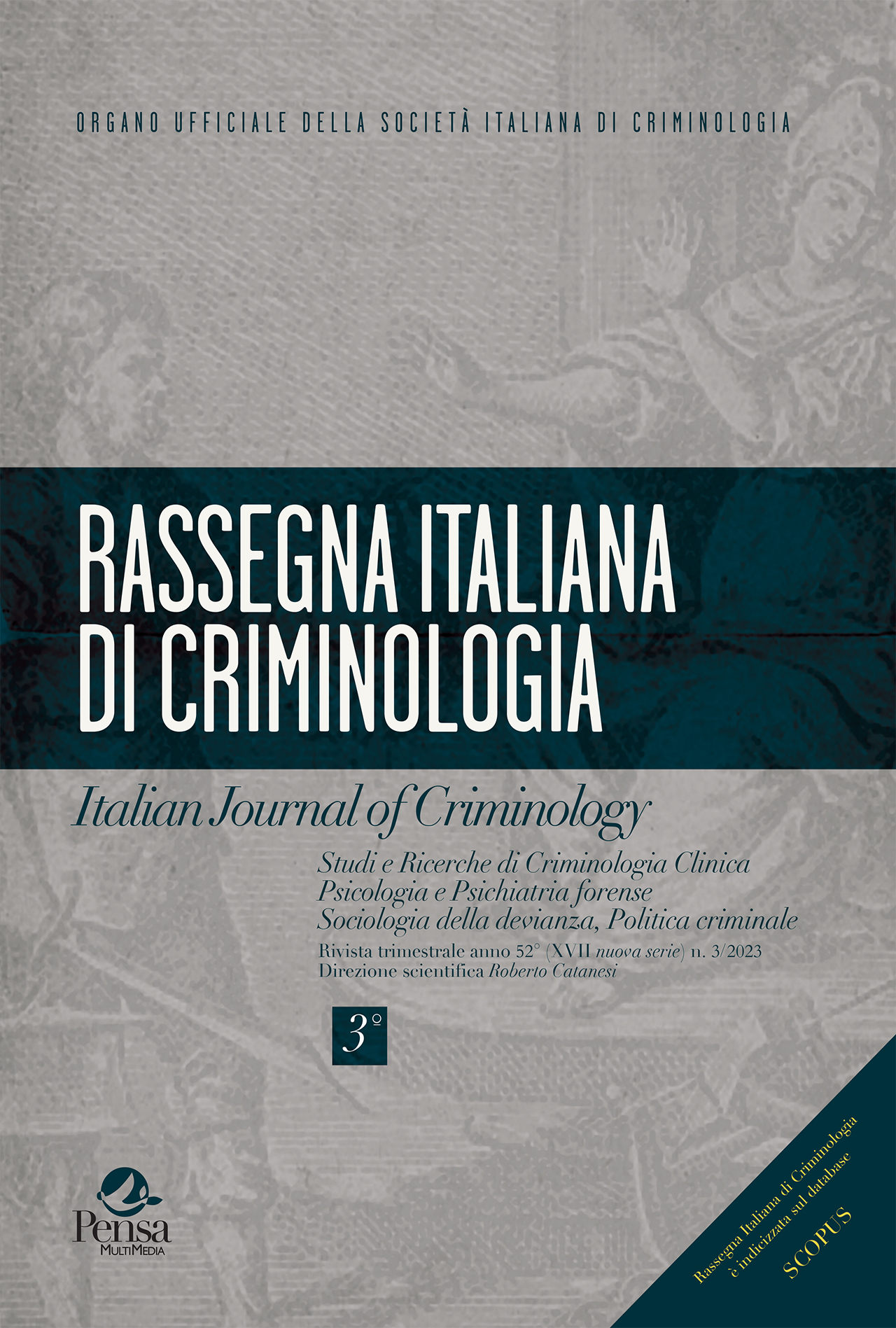Looking at gender stereotypes to fight gender based violence
DOI:
https://doi.org/10.7347/RIC-032023-p211%20Abstract
“Violence against women, including domestic violence, is one of the most serious forms of genderbased violations of human rights”. This is the first statement of the Council of Europe Convention on preventing and combating violence against women and domestic violence, the so-called Istanbul Convention. As underlined by the Convention, violence against women (VAW) and gender-based violence (GBV) are structured on our society and their causes are mainly rooted in the culture of a stereotyped gender dimension. The stereotyped society is at the basis of GBV and of women discrimination and pre-vents to reach equal opportunities and complete the emancipation process of women from men. In this perspective, to study gender role stereotypes means to study causes of violence, how the violence is perpetuated and to detect reasons that make difficult to stop it. Interesting is the dualism between public and private context where VAW occur and the perception of safety women have. The increase concern for local and national governments about VAW can contribute to feelings of insecurity, if not well addressed. We argue that gender stereotypes are not only important to understand the phenomenon, but to avoid the risk to make our society less safe for women. The paper will look at the sources that Istat uses to deepen the framework that causes and reinforces GBV. Following the multi-source approach, data from population surveys and from big data are used, with a focus on the urban dimension, in order to depict GBV and identify some strategies to combat it.





